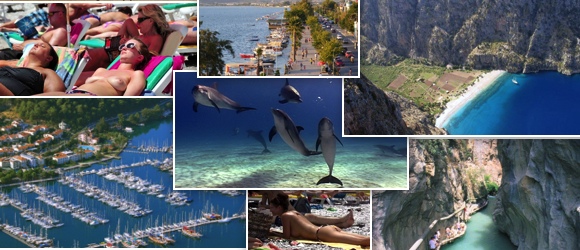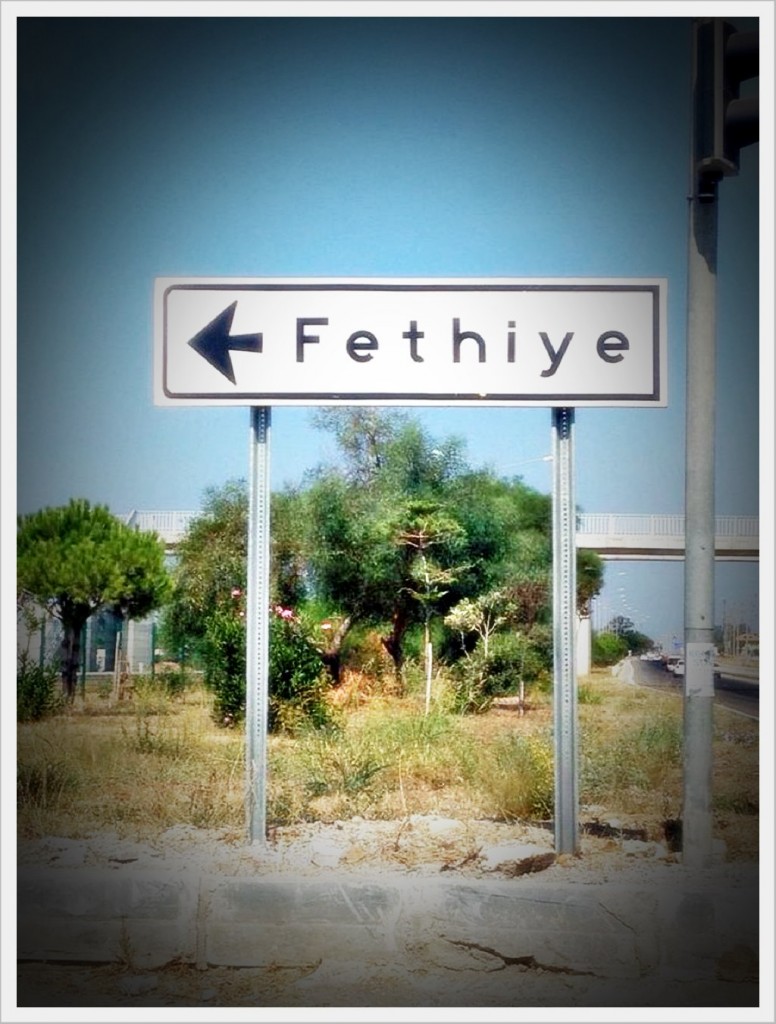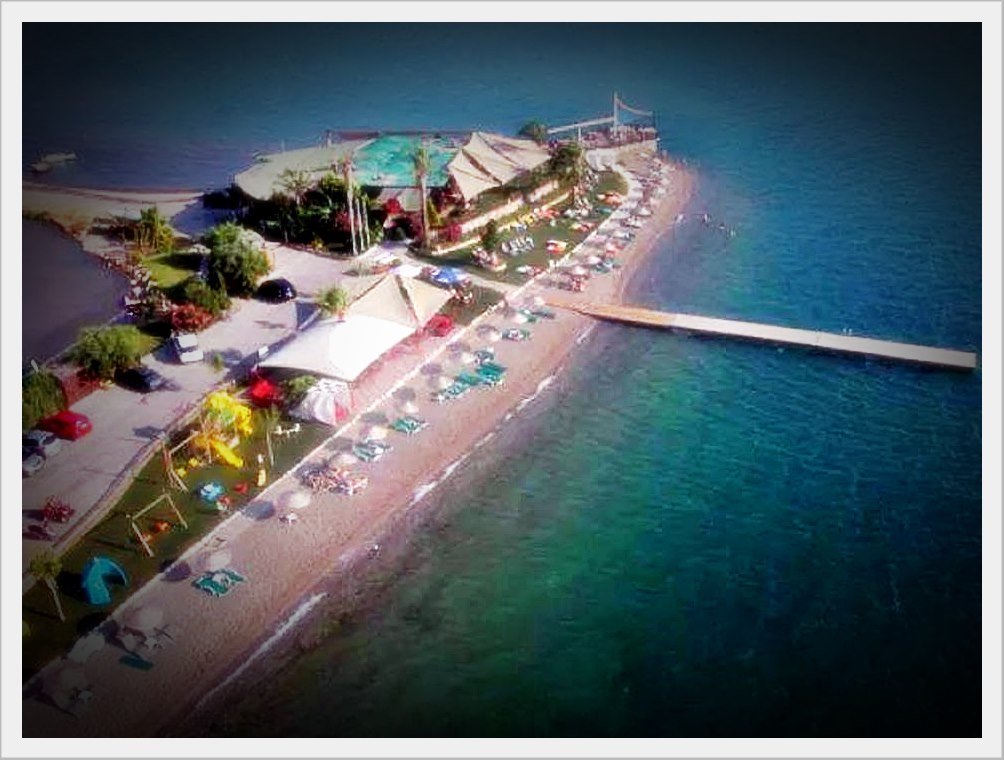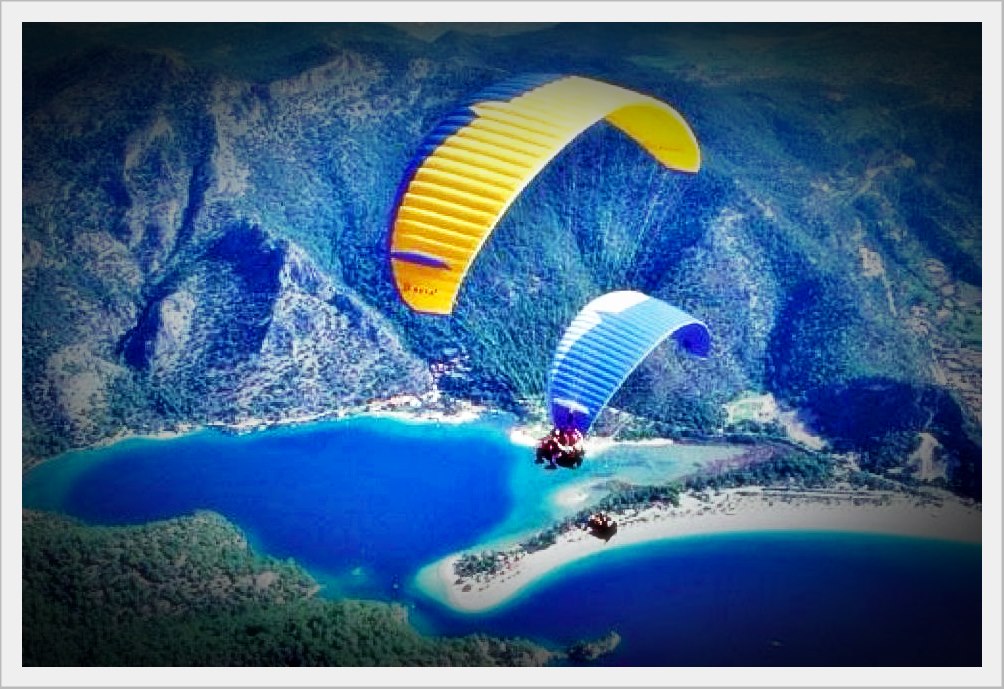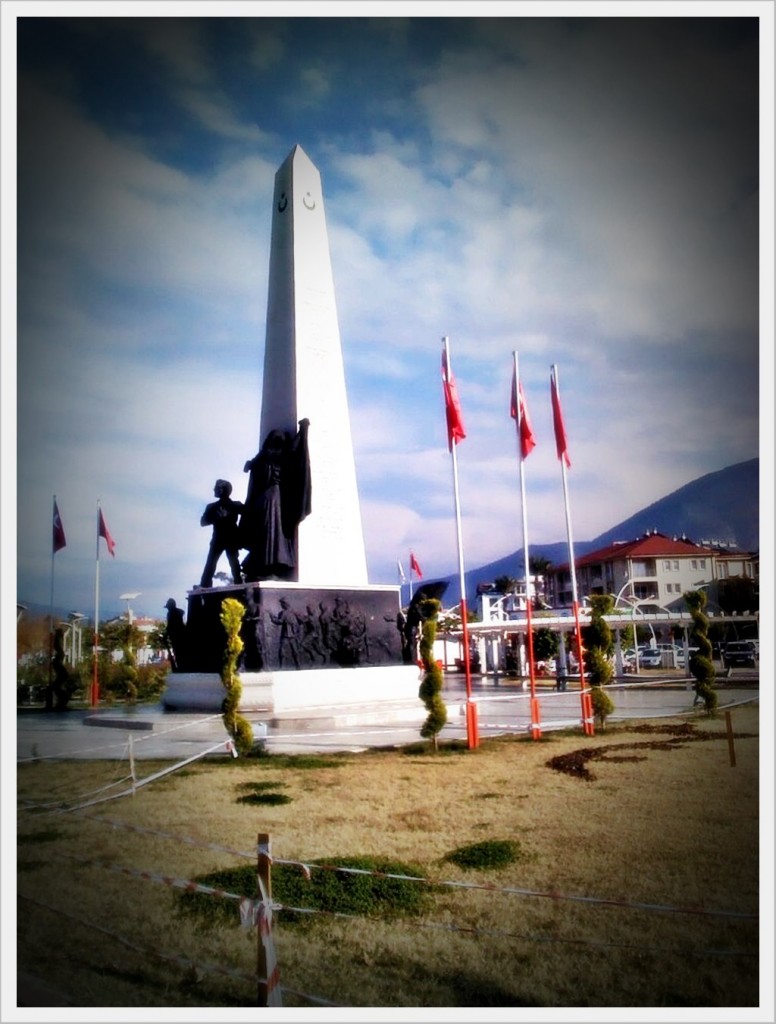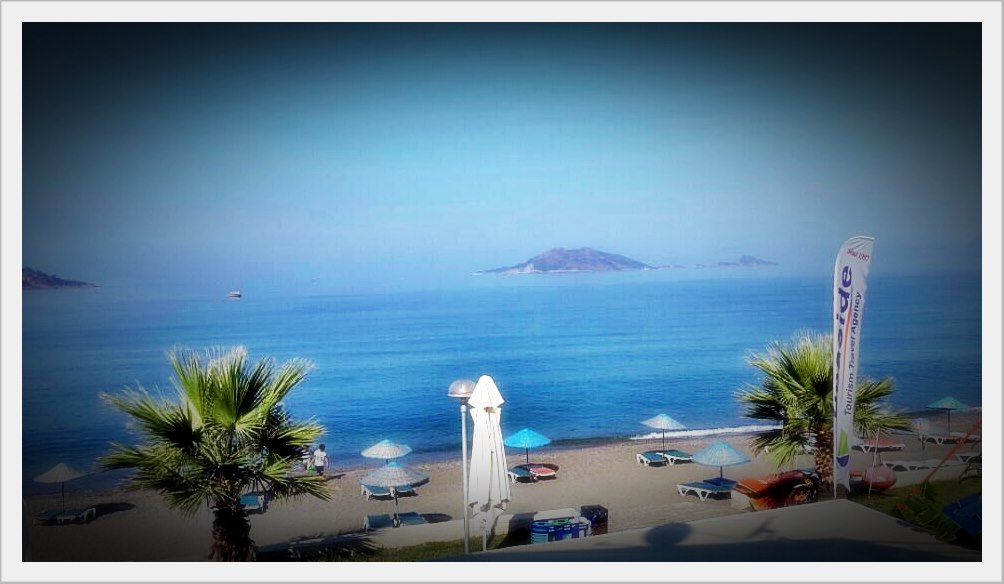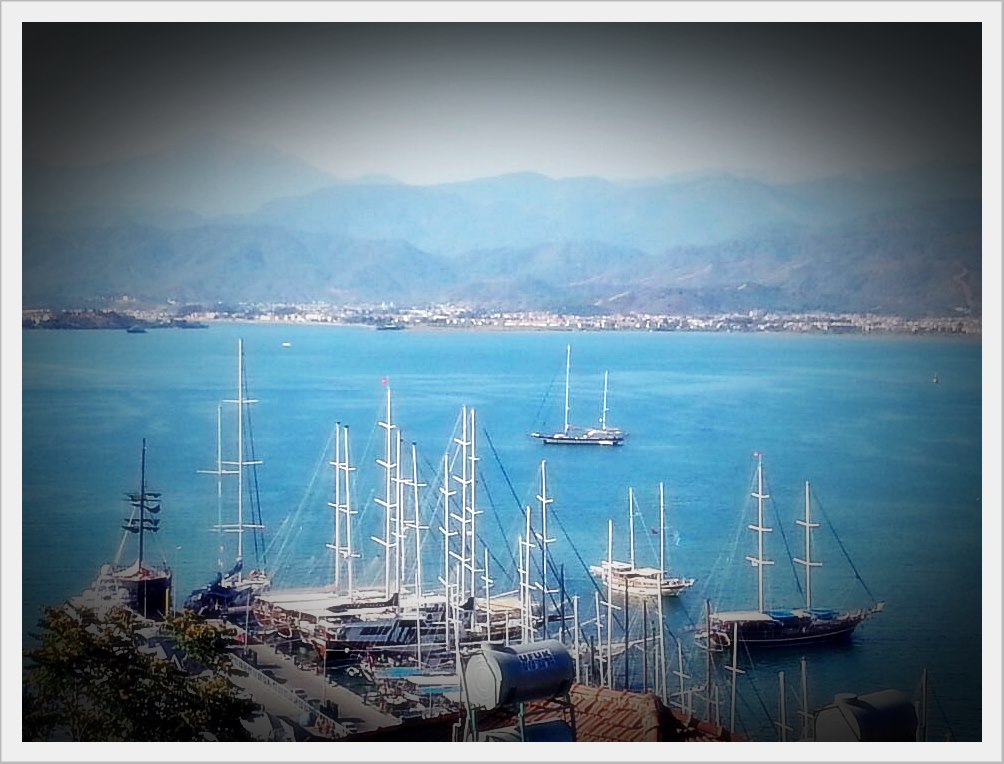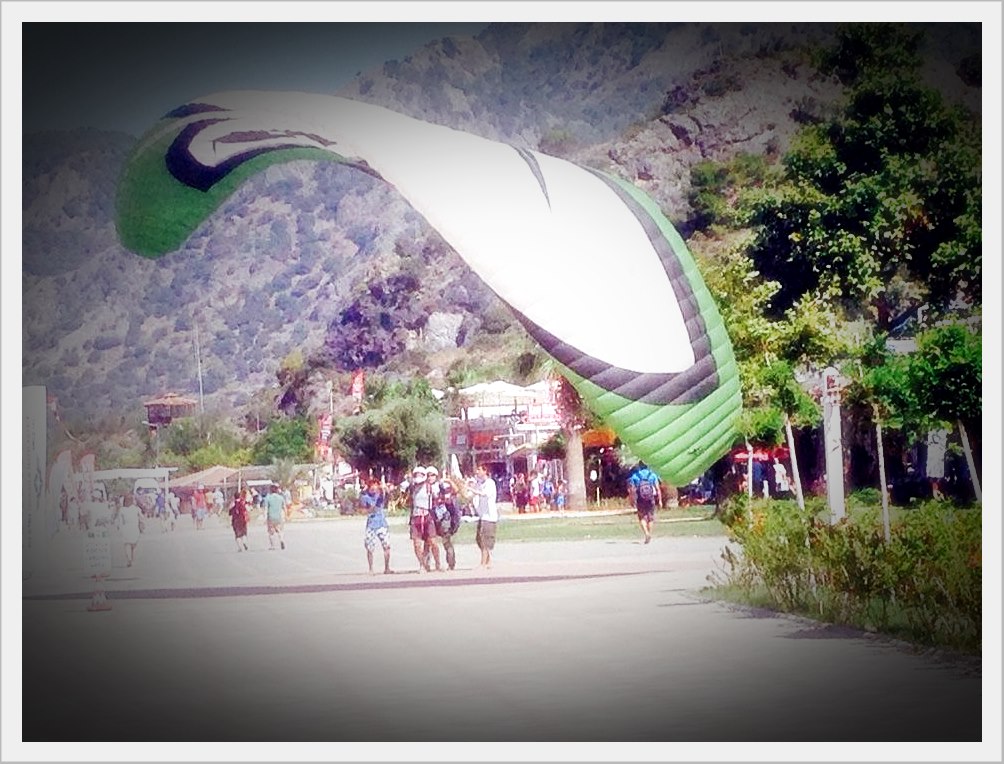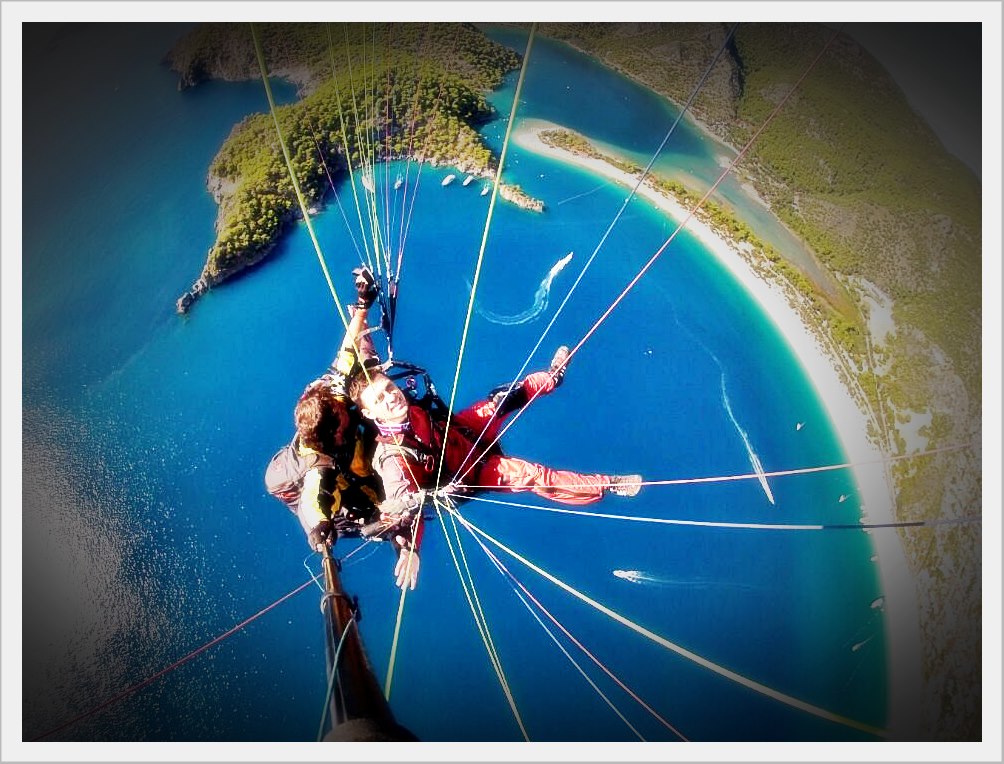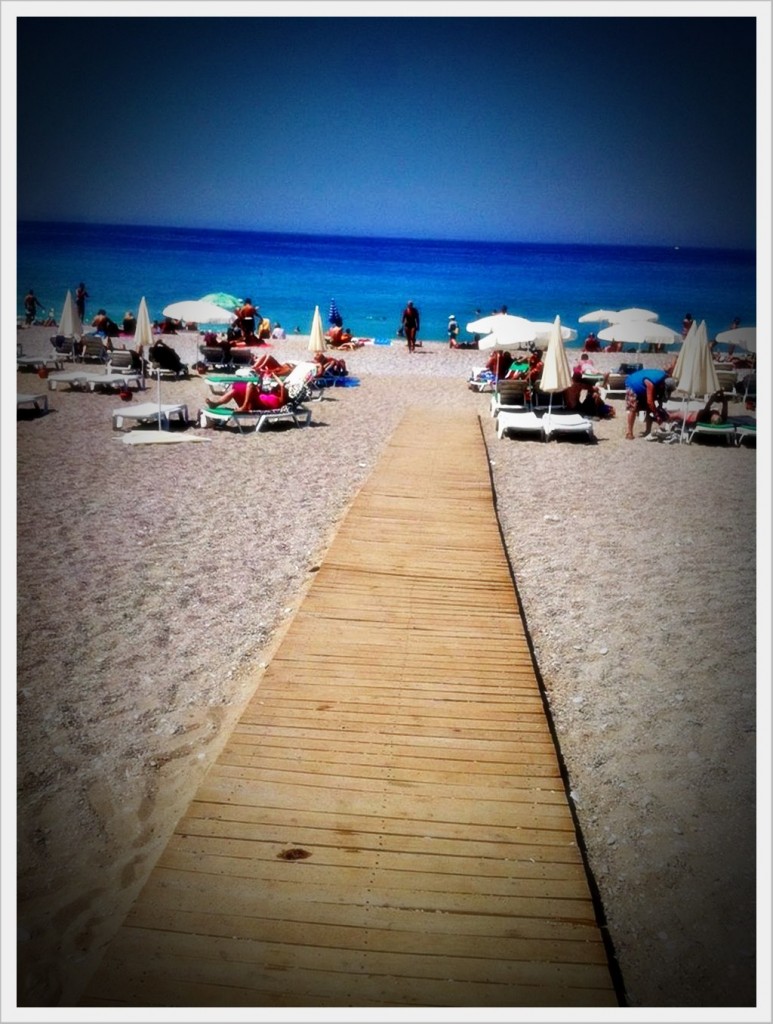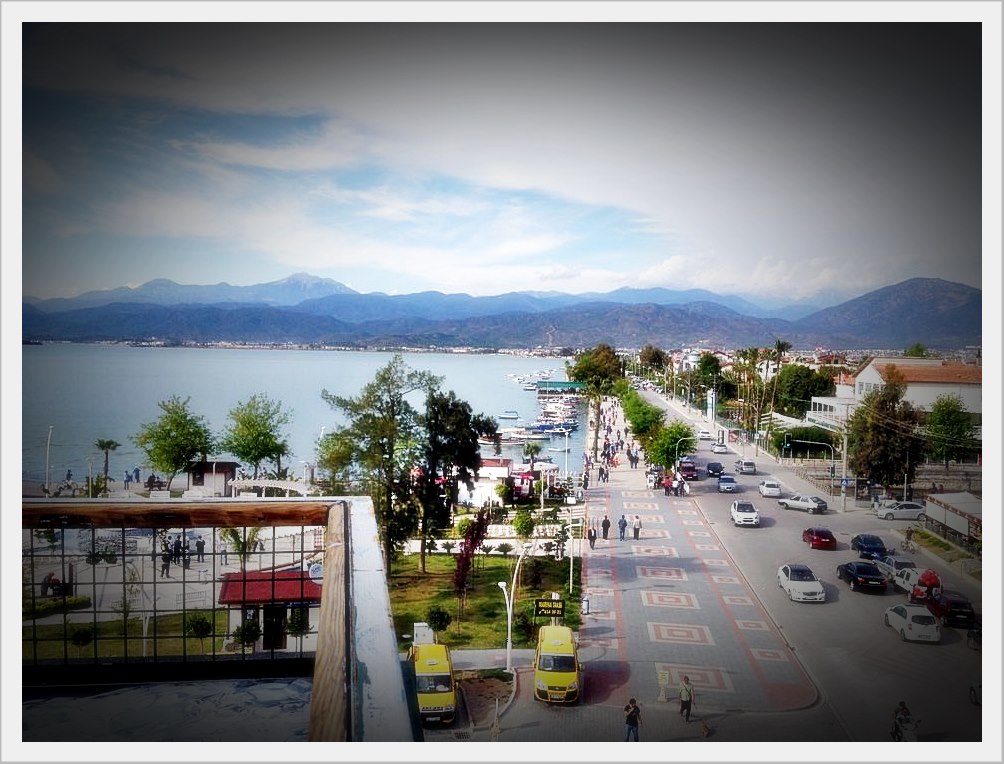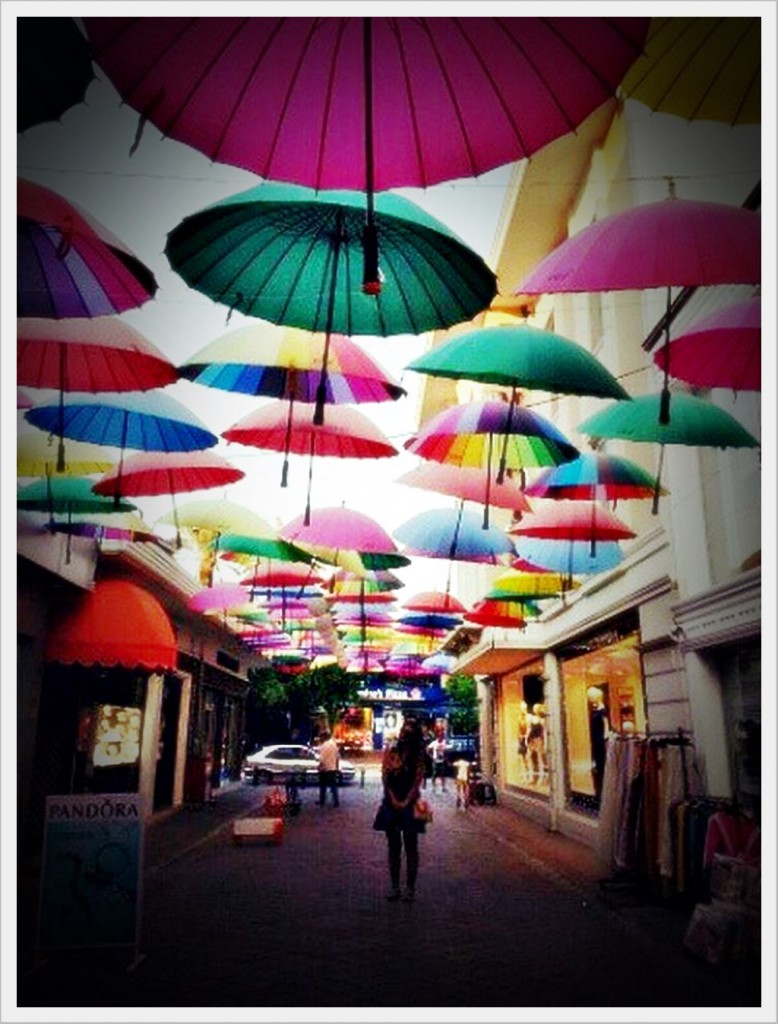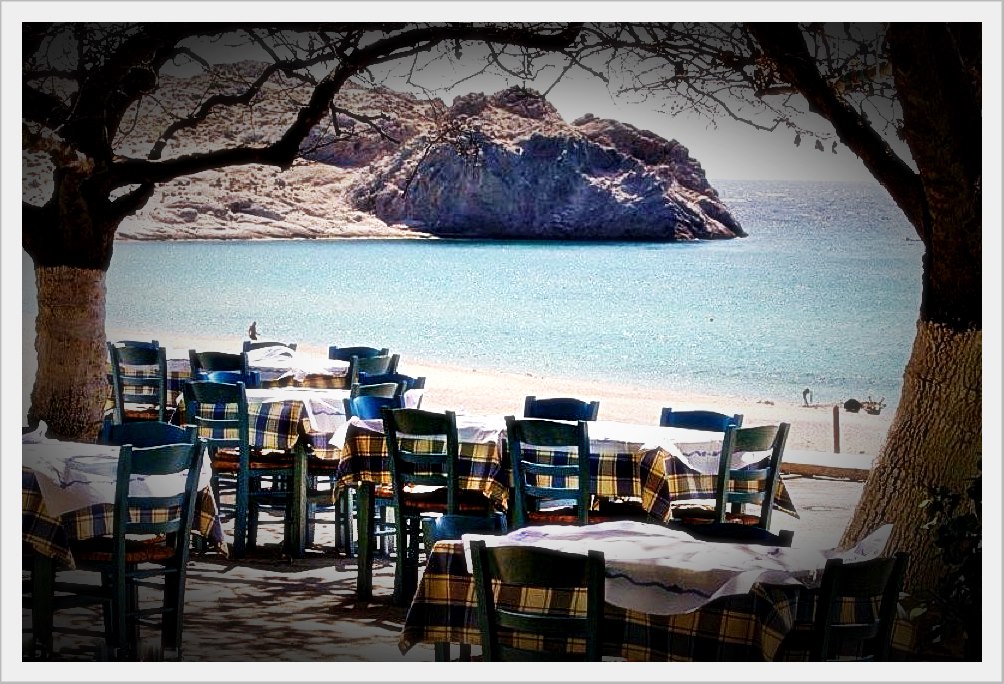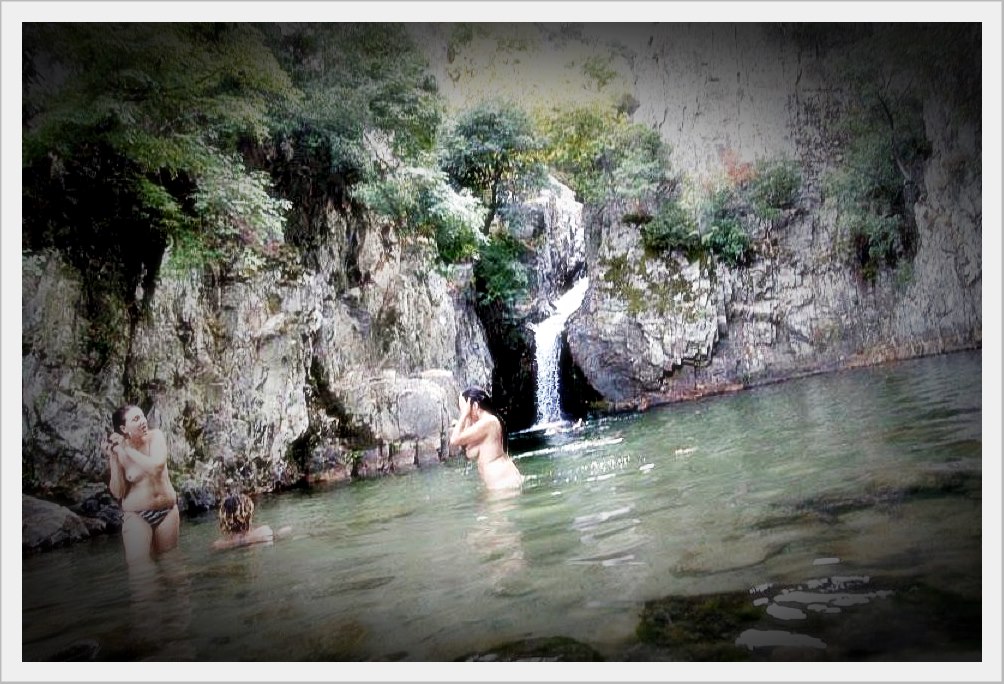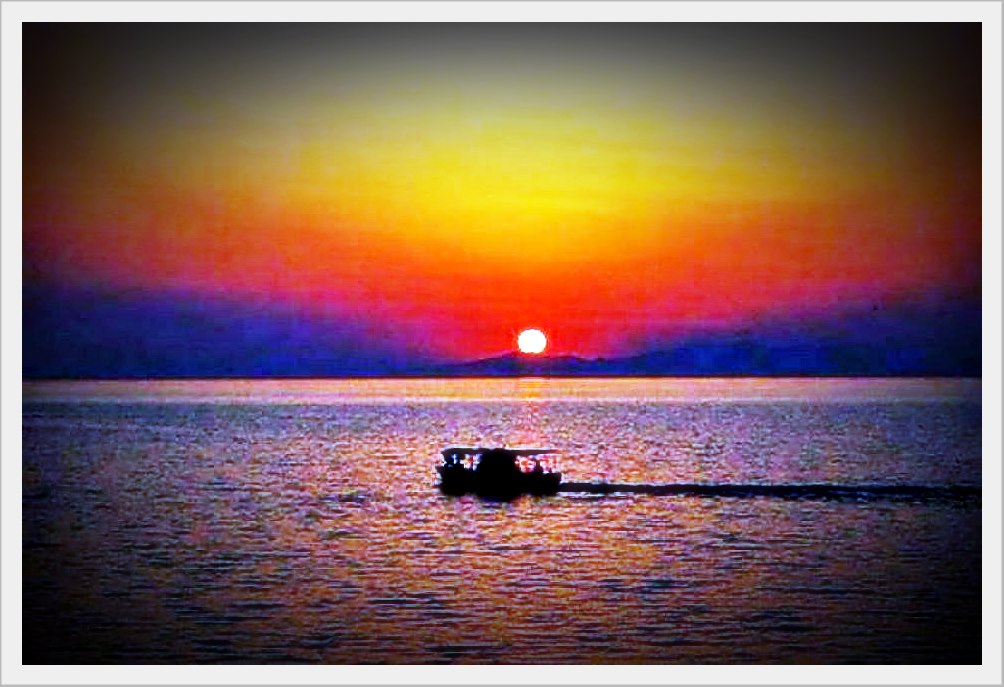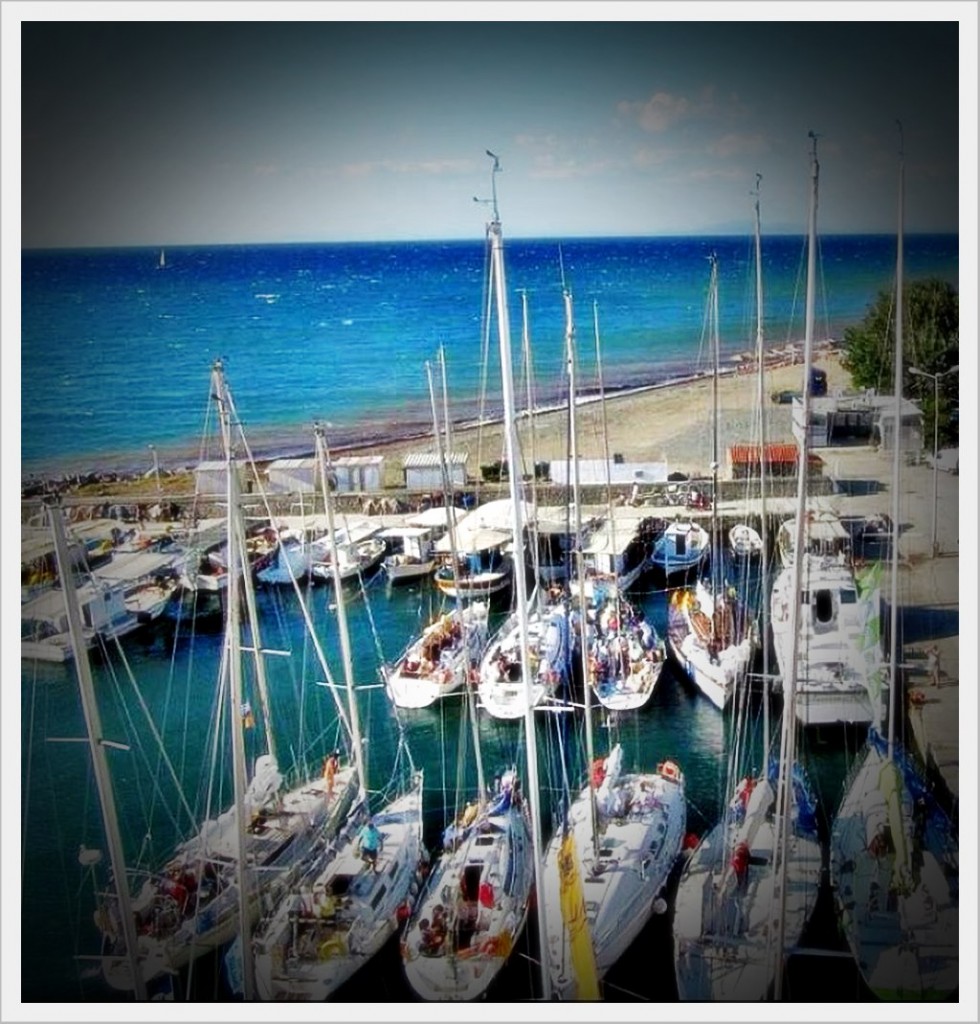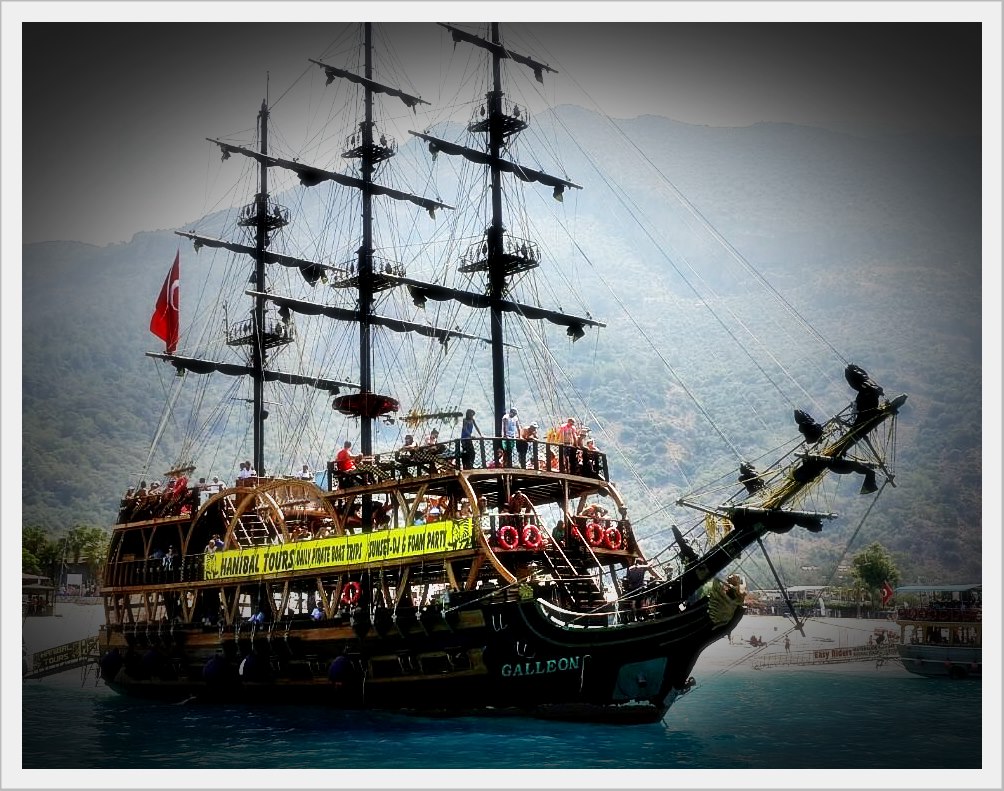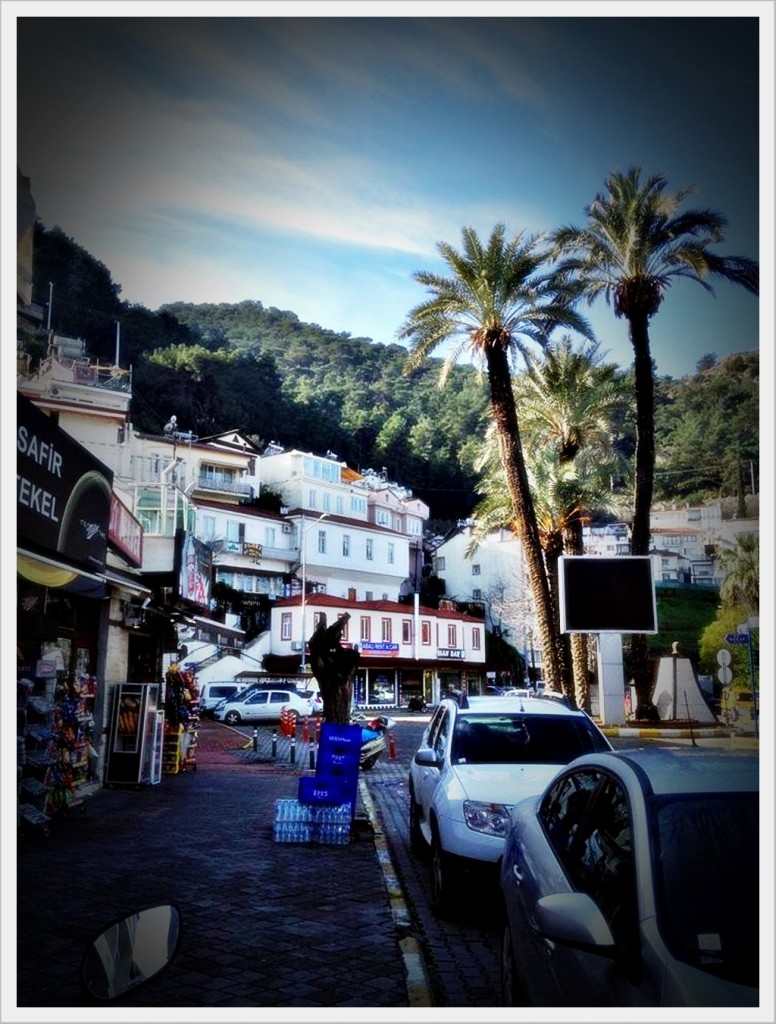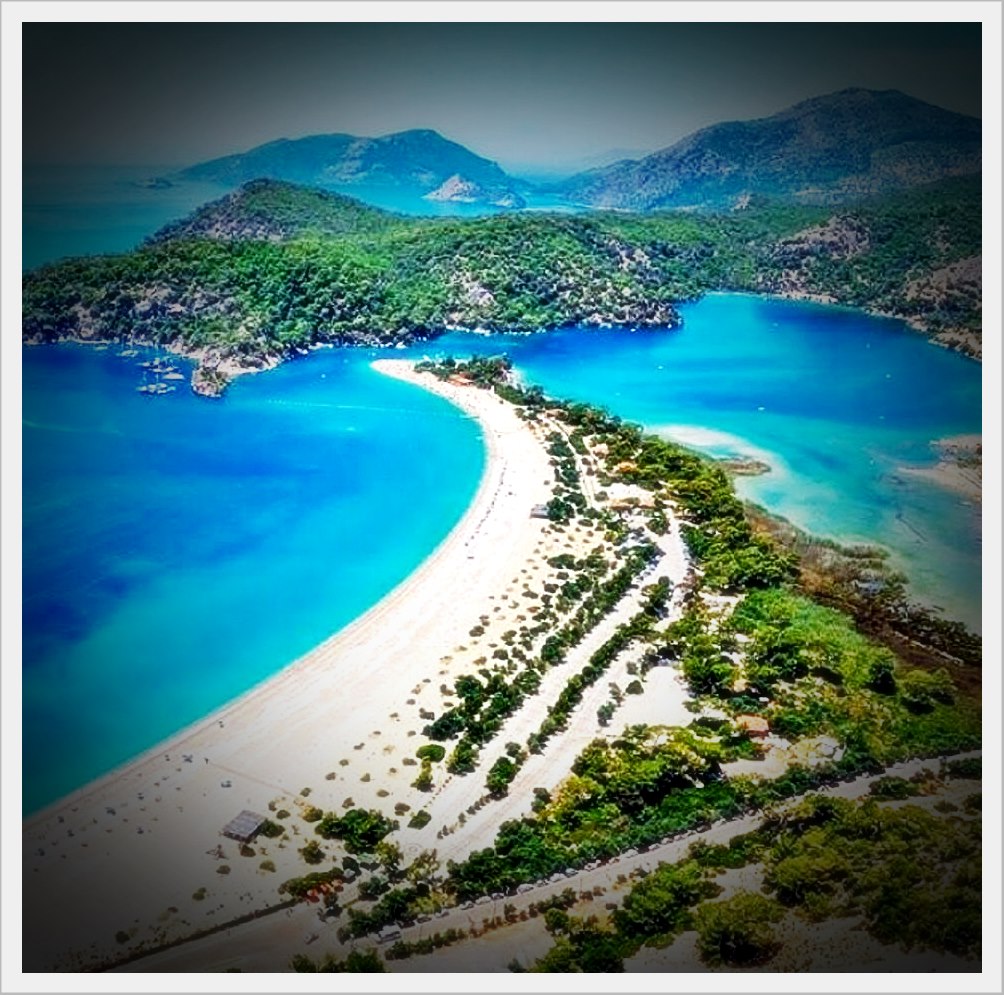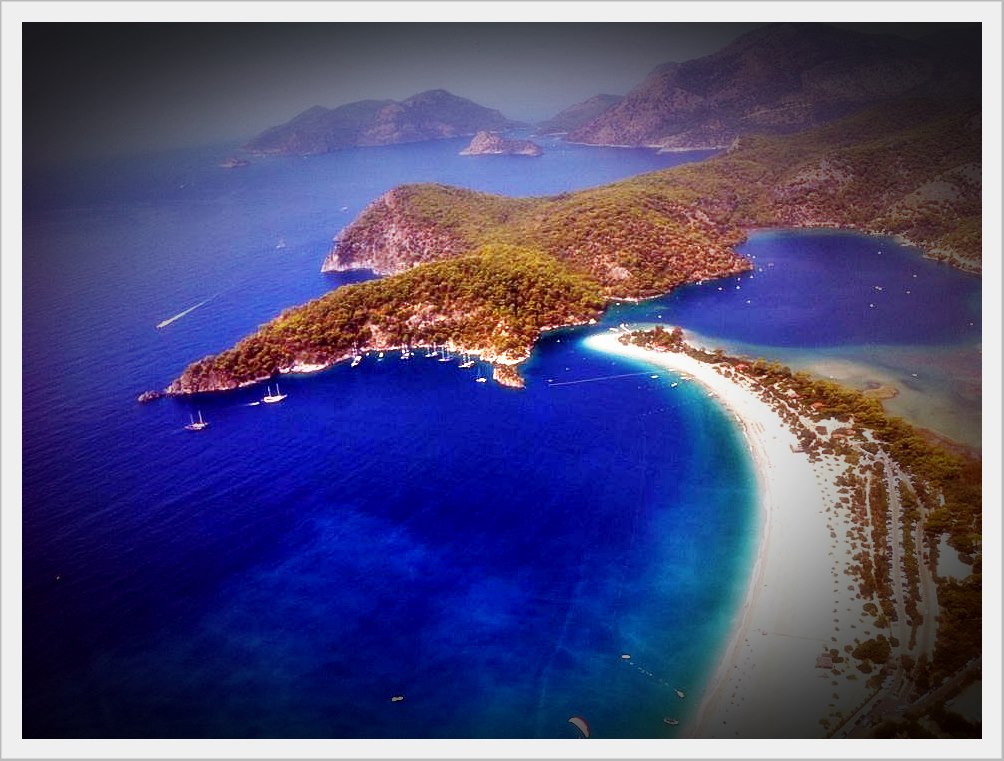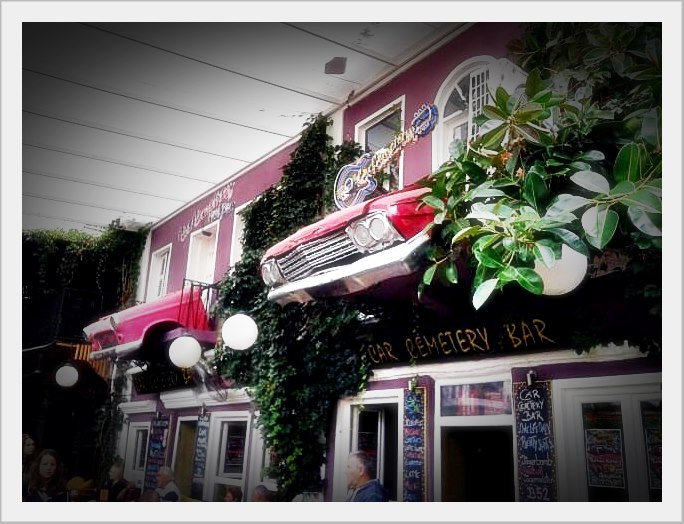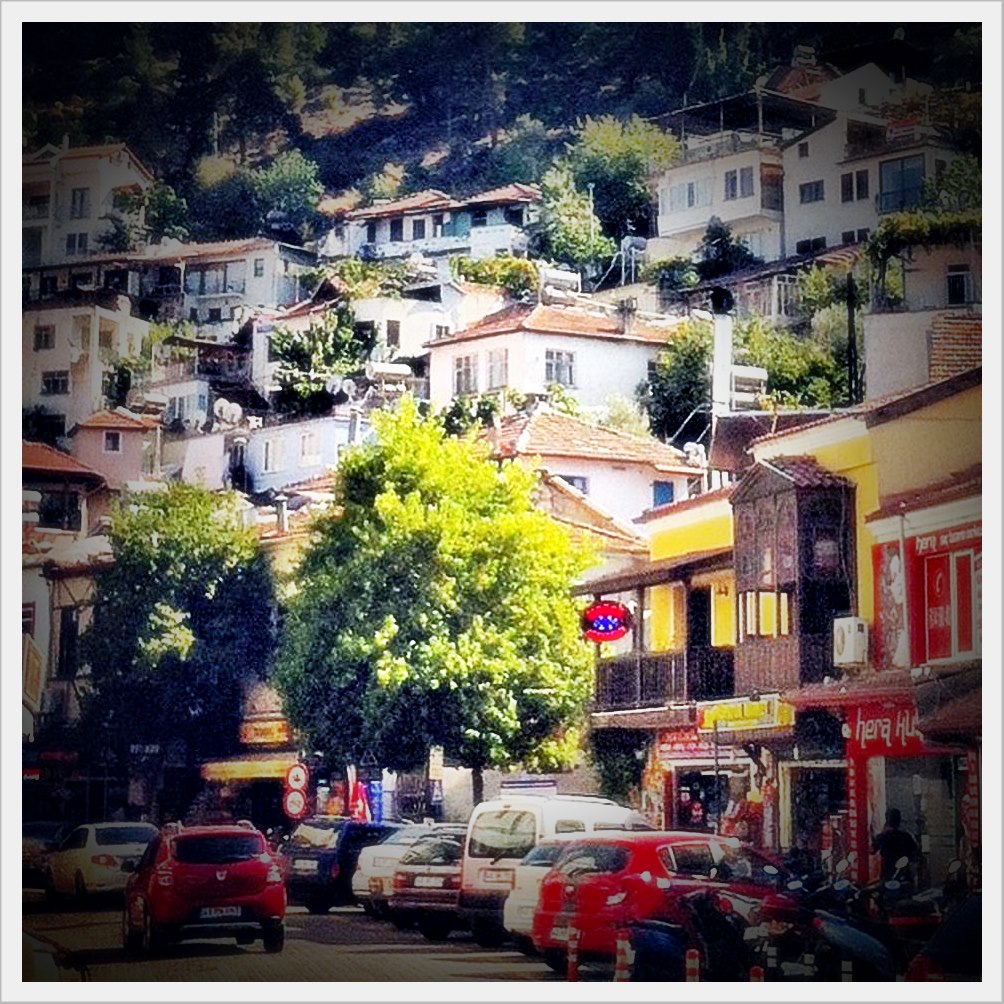Fethiye called Telmessos in ancient times, Fethiye has seen a lot of history but has very little to show for it. It’s a pretty enough place, set on a wide bay with an attractive waterfront esplanade, but the 1958 earthquake turned to ruins many of the last vestiges of Fethiye’s long history.
Today you can visit the town’s museum, hike up to a striking rock-cut tomb, and marvel at the odd Lycian sarcophagi which are scattered through downtown. But you will soon find yourself in a dolmush bumping over the mountains to Oludeniz (Ölüdeniz) the absolutely perfect ribbon of white sand beach which stretches from a shady pine-forest park to a hidden lagoon. Today, Ölüdeniz is why people come to Fethiye.
Getting to Fethiye
Buses depart frequently from Marmaris to Fethiye. There are also six buses per day from Izmir and a few from other cities. The Fetur company operates minibuses from Dalaman Airport to Fethiye.
Orientation
Fethiye is a spread-out place, ranged along the main street, which is of course Atatürk Caddesi, skirting the eastern portion of the bay. Heading into town from the bus station, it’s about half a mile to the museum and the commercial district, and about a mile to the yacht marina, the Hotel Likya, and the area of pensions. The town is backed by mountains, so it’s long and narrow rather than deep.
The lourism Information office is on İskele Meydanı next to the Hotel Dedeoğlu. They have maps, lists of accommodations, and lots of information on the area.
Hotels in Fethiye
Before rushing off to find a hotel at Oludeniz, you should know that there is only one comfortable, modern hotel there, and that the other little beachfront places are fairly primitive and not particularly cheap. You would do well to spend your nights in Fethiye and your days in Oludeniz. The Tourism information office can help you find a room in hotels and hostels or you can easily find one yourself.
Restaurants in Fethiye
You have your choice of several locales for meals in Fethiye, all of them pleasant. The dining rooms of the better hotels often have views of the water, experienced service, and good kitchens. But most people opt for the outdoor restaurants alternative is to wander through the market streets, where restaurants set out tables and chairs in the streets, and a carnival atmosphere prevails.
The yachting crowd has two favorites in Fethiye. Closest to the yacht marina is the aptly named Yacht Restaurant, near the Hotel Likya. With no street noise to bother you, and the sound of the waves lapping at your boat, you can enjoy a fish dinner.
Fethiye sight seeing and famous
As you wander around town, notice the odd Lycia sarcophagi, high-domed stone rectangles placed on elevated bases. Most of them have been here, in place, since 450 B.C. which, when you think of it, is pretty amazing. If perchance you don’t run into one, go visit the one near the post office on Atatürk Caddesi.
Fethiye is backed by rugged cliffs, and high up the side of one are the ruins of a Crusaders’ castle, built, it is said, by the Knights of St. John of Rhodes, who constructed their fort on foundations left by the Byzantines, and no doubt the Byzantines had built on earlier foundations. Some estimates say there has been a fortress here since 400 B.C.
Fethiye’s only real expedition is the climb through the town and up a long flight of steps to the Tomb of Amyntas, carved from the living rock in 350 B.C., in the Doric architectural style. The tomb was broached long ago by grave robbers, so there’s nothing to see inside, but the climb is worth it for a close inspection of the monumental facade, and for a look at the other, smaller tombs to the left.
The local museum holds, as you might imagine, many artifacts of extreme antiquity, but at this writing it’s closed for renovations. Chances are good that it will be open again by the time you want to visit.
Any travel agent, and most hotel desk clerks, can sign you up for one of the daily excursion and private tours boats which cruises among the 12 islands in the Bay of Fethiye.
Other tours, by boat or minibus, go to archeological sites in the region: Caunus, Letoon, Kalkan, Kaş, Patara, and Xanthos. Among the most fascinating excursions is the one to Karmylassos, which includes the chance to swim, and to explore an unexcavated Byzantine town, complete with temples, necropolis, and mosaic pavements, on uninhabited Gemile Island.
